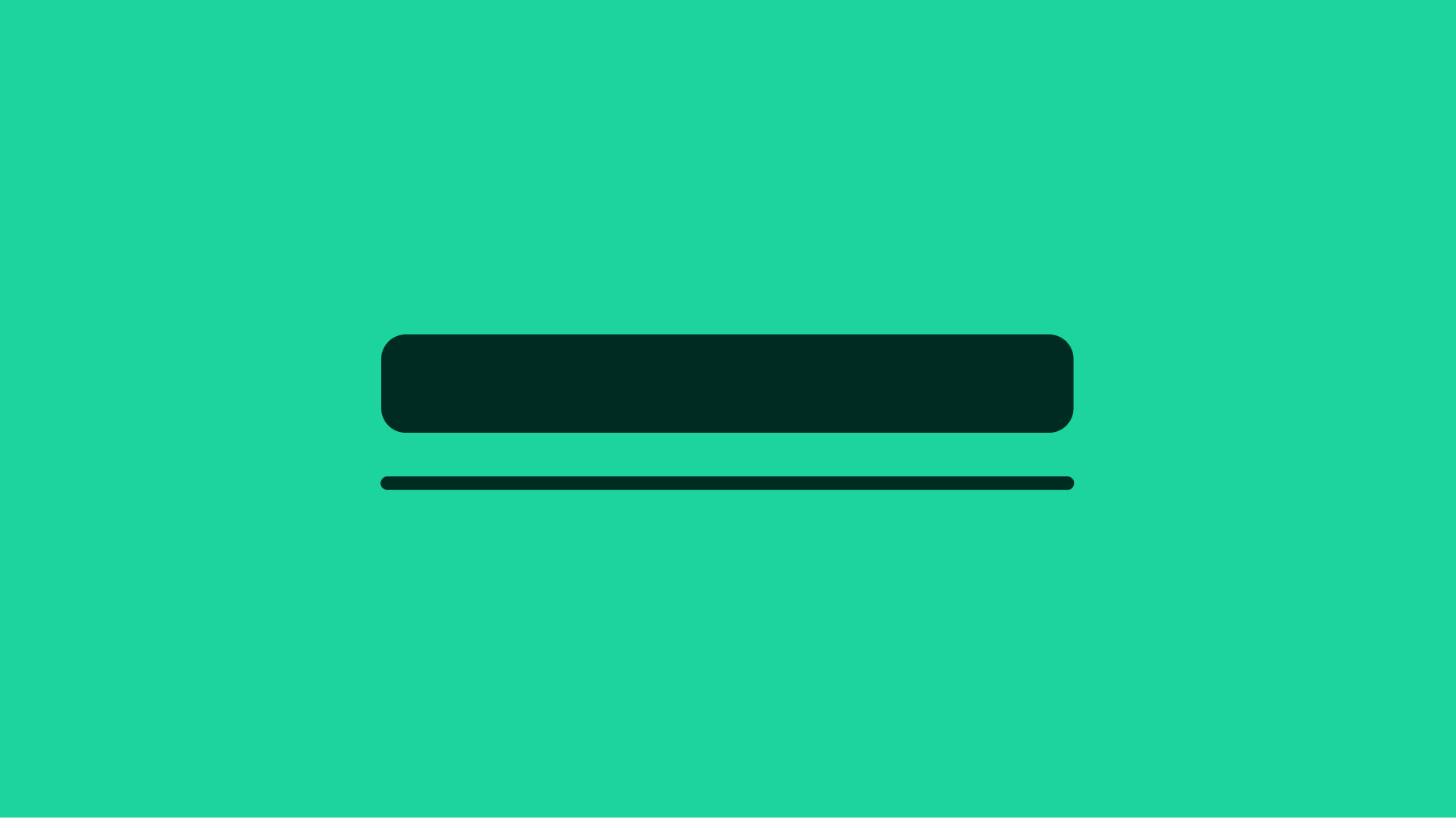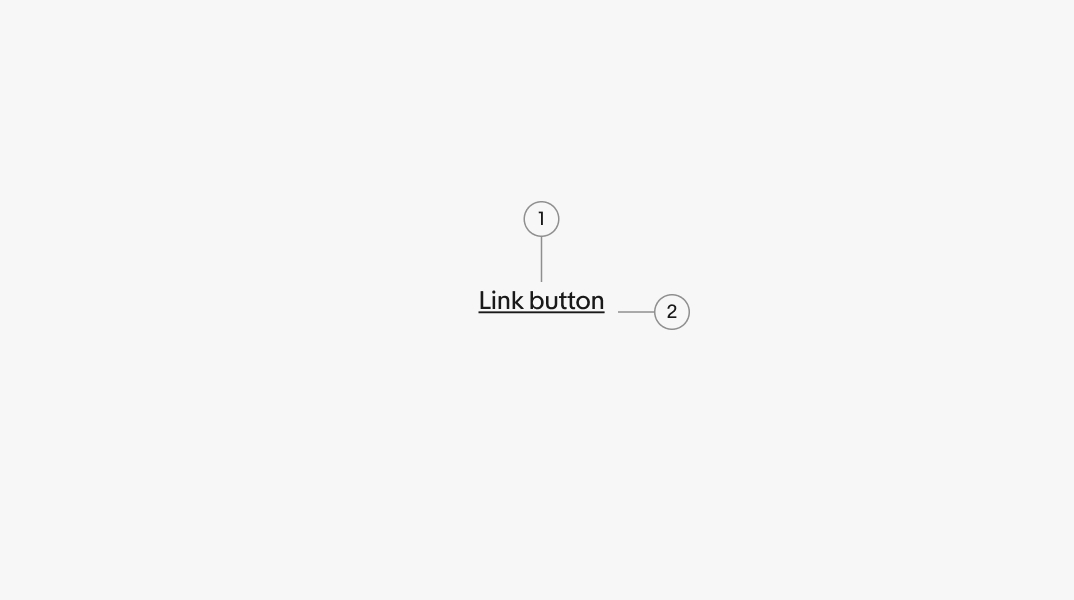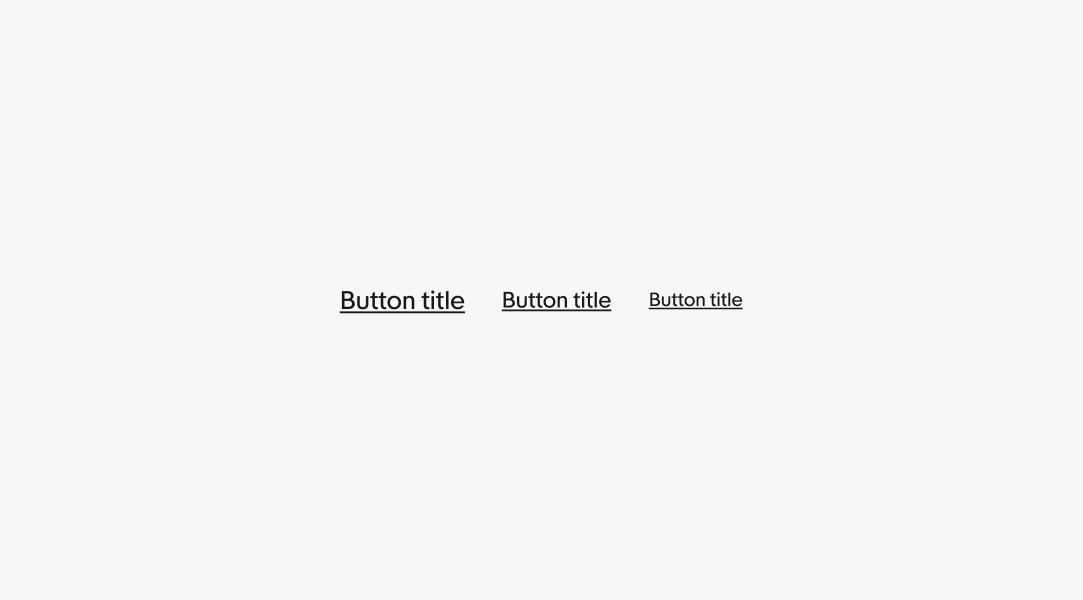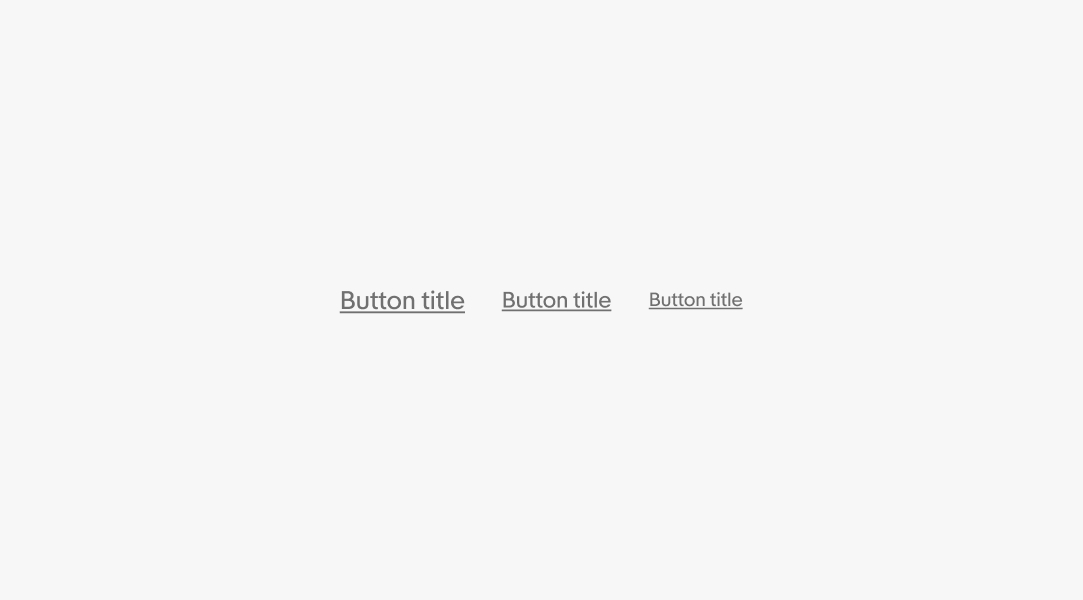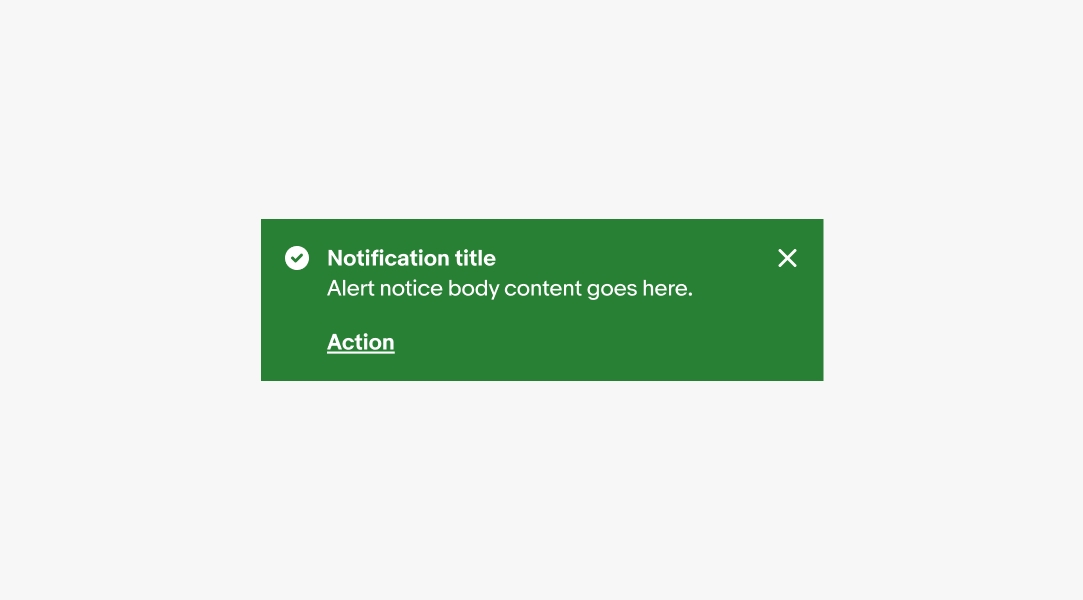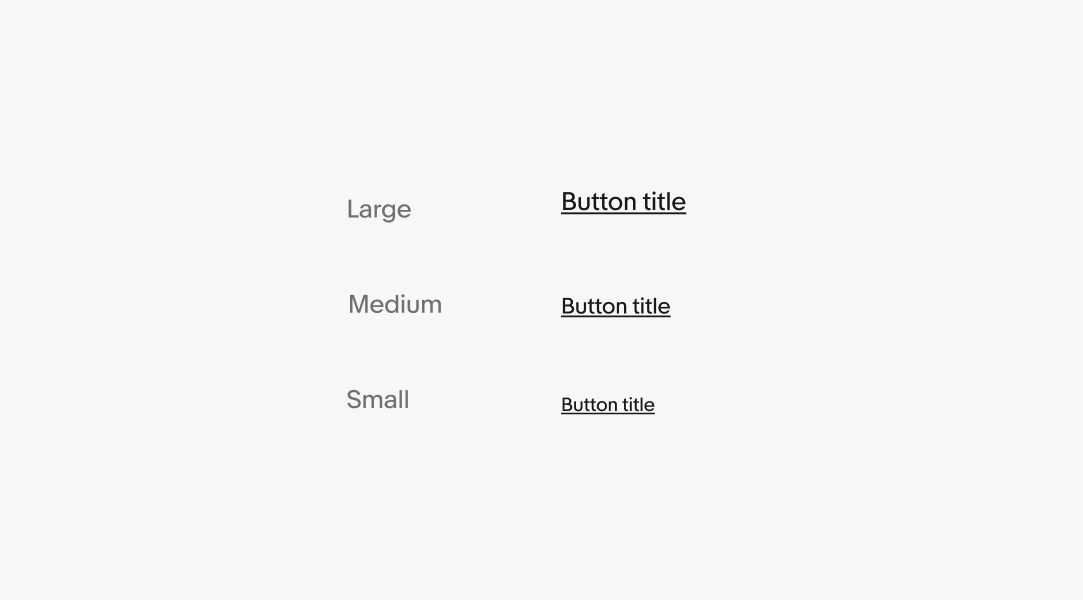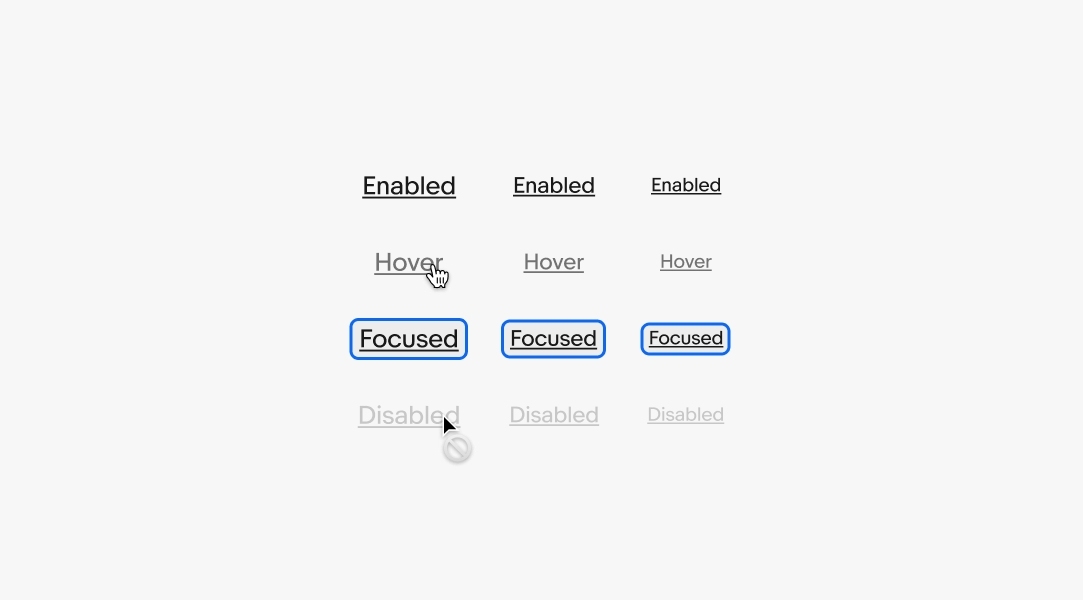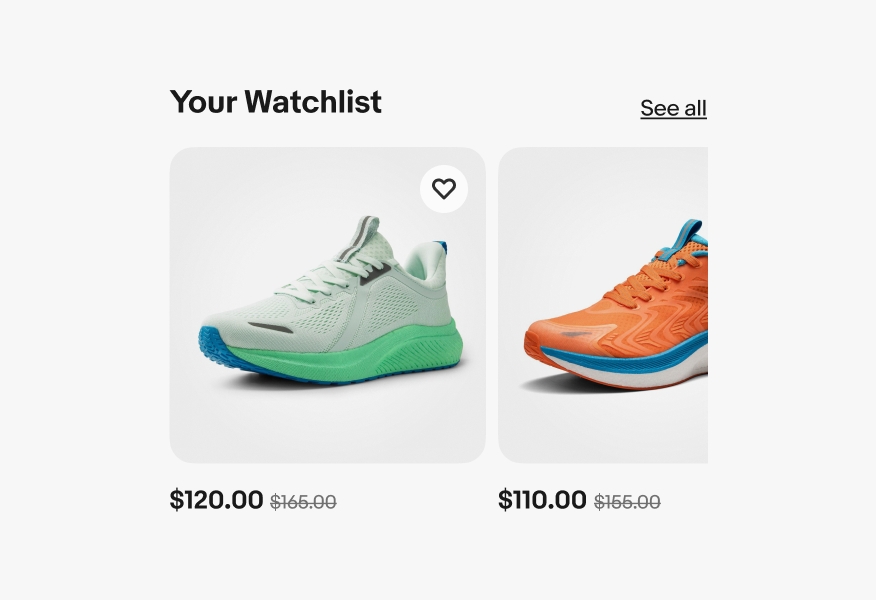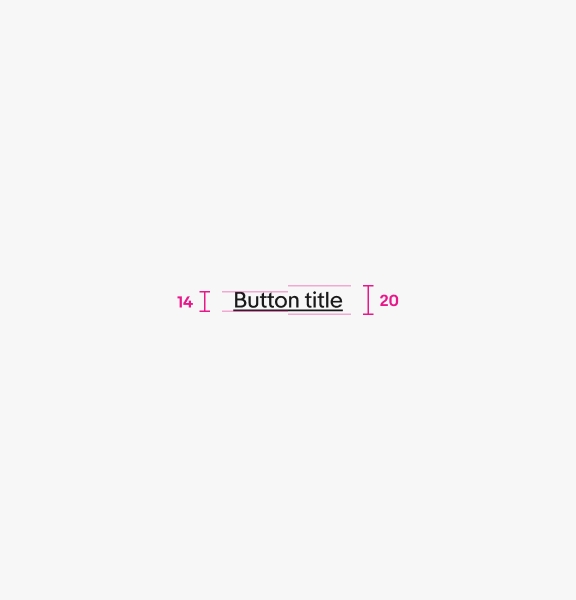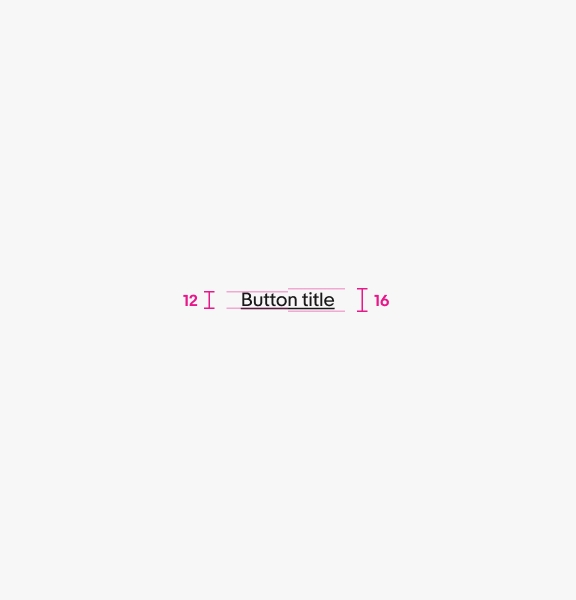If an action results in a URL change or new browser tab use a Text link. Everything else is a Button.
HTML text links and buttons have important differences in behaviors, interactions, and expectations. For example, a text link will perform its interaction when clicked and when the enter key is pressed. A button will perform its interaction when clicked or when the enter and spacebar keys are pressed. When holding the control or command key a text link will open a new browser tab, a button will not.
Buttons take action, links navigate
- Use a link when you’re navigating to another place, such as: an item page, a seller profile, or a page "skip link".
- Use a button when you are performing an action, such as: "bid," "add," "search".
